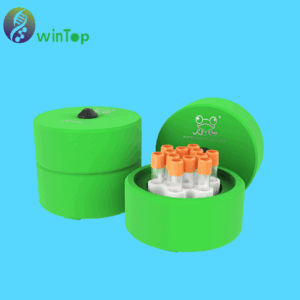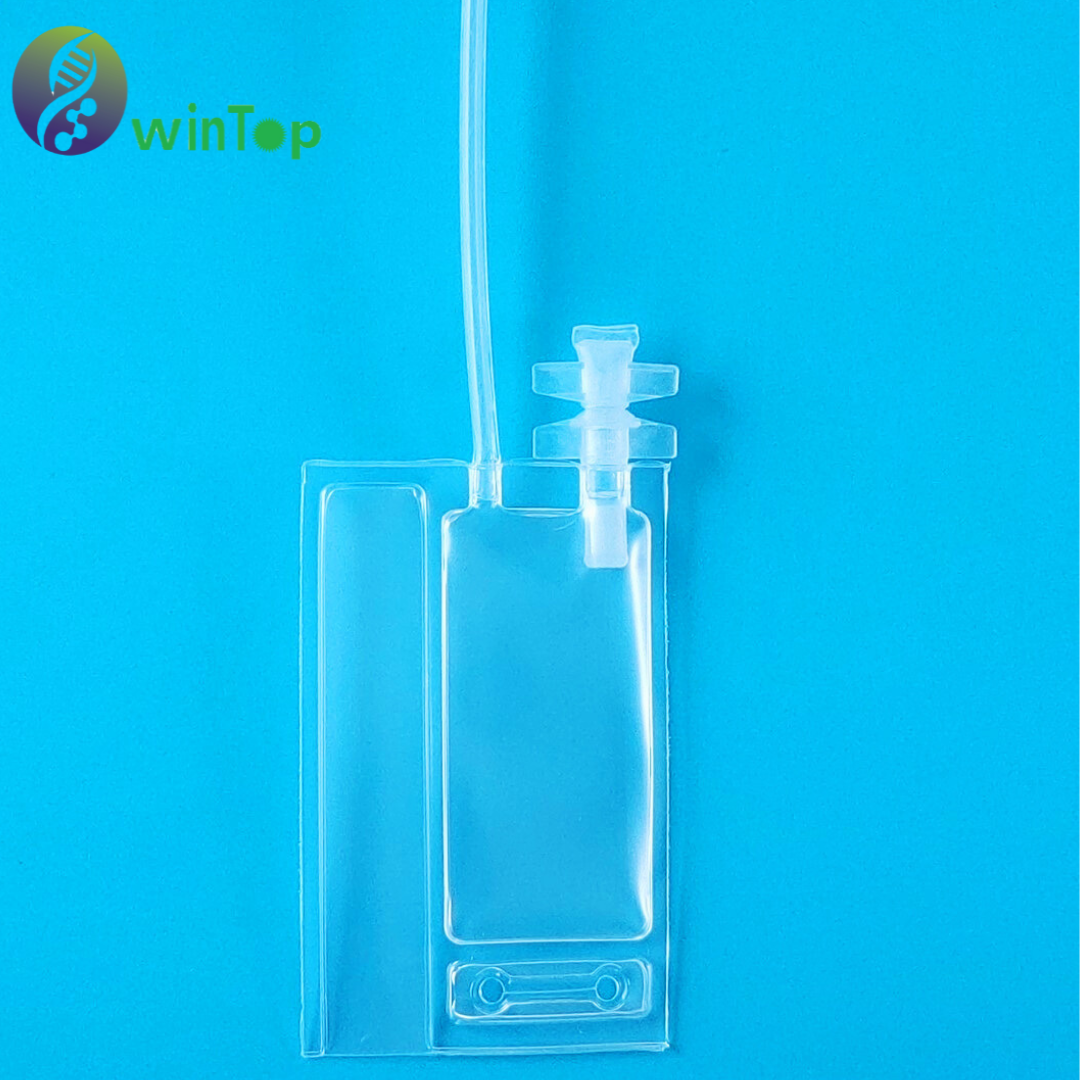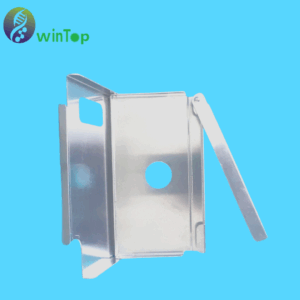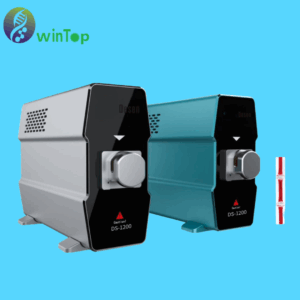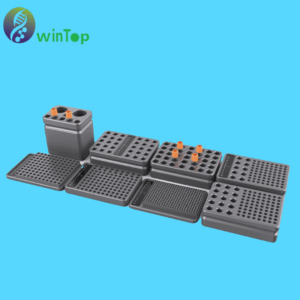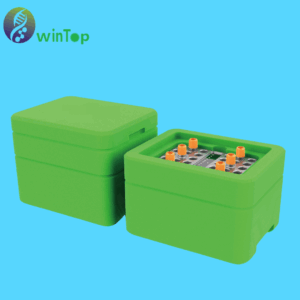Products
Products
-
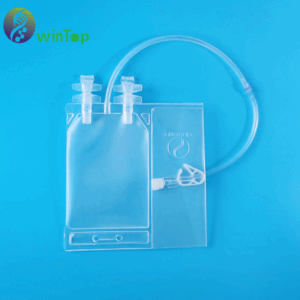 winTop therapy® Cell Cryopreservation Bag (50mL)
Rated 0 out of 5
winTop therapy® Cell Cryopreservation Bag (50mL)
Rated 0 out of 5 -
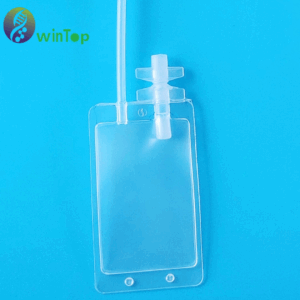 winTop therapy® Cell Cryopreservation Bag (15mL) (excluding label area)
Rated 0 out of 5
winTop therapy® Cell Cryopreservation Bag (15mL) (excluding label area)
Rated 0 out of 5 -
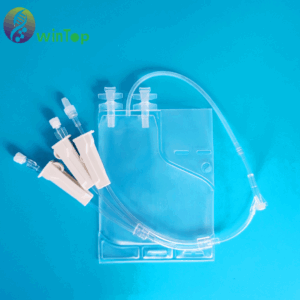 winTop therapy® Cell Cryopreservation Bag (250mL)
Rated 0 out of 5
winTop therapy® Cell Cryopreservation Bag (250mL)
Rated 0 out of 5 -
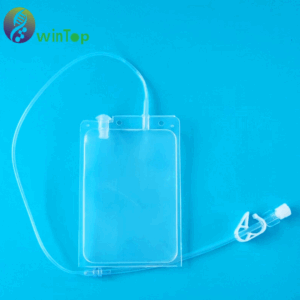 winTop therapy® Cell Cryopreservation Bag (50mL)(excluding label area)
Rated 0 out of 5
winTop therapy® Cell Cryopreservation Bag (50mL)(excluding label area)
Rated 0 out of 5 -
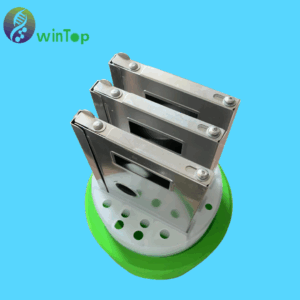 Alcohol-Free Cell Freezing Containers (For Cryobags)
Rated 0 out of 5
Alcohol-Free Cell Freezing Containers (For Cryobags)
Rated 0 out of 5
-
Cell Cryopreservation Bag 50mL
winTop therapy® Cell Cryopreservation Bag (50mL)
Read moreRated 0 out of 5 -
Cell Cryopreservation Bag 15mL
winTop therapy® Cell Cryopreservation Bag (15mL) (excluding label area)
Read moreRated 0 out of 5 -
Cell Cryopreservation Bag 250mL
winTop therapy® Cell Cryopreservation Bag (250mL)
Read moreRated 0 out of 5 -
Cell Cryopreservation Bag 50mL
winTop therapy® Cell Cryopreservation Bag (50mL)(excluding label area)
Read moreRated 0 out of 5 -
Alcohol-Free Cell Freezing Containers
Alcohol-Free Cell Freezing Containers (For Cryobags)
Read moreRated 0 out of 5 -
Alcohol-Free Cell Freezing Containers
Alcohol-Free Cell Freezing Container CellHome Series (For Cryotubes)
Read moreRated 0 out of 5 -
Cryopreservation Consumables
winTop therapy® Cell Cryopreservation Bag (15mL)
Read moreRated 0 out of 5 -
Blood Bag Holders
Flip-top Aluminum Alloy Blood Bag Holder/Rack(50mL/250mL)
Read moreRated 0 out of 5
1. Can the liquid volume in cryobags exceed the recommended capacity?
No. Exceeding the recommended fill volume may lead to:
- Risk of rupture: Liquid expansion during freezing can cause cracks or leaks.
- Sealing failure: Overfilling may compromise the closure, leading to contamination.
- Storage inefficiency: Overfilled bags hinder stacking and occupy excess space.
Always adhere to the labeled capacity for optimal performance.
2. Why is gas removal critical when loading samples into cryobags?
Degassing ensures:
- Reduced ice crystal formation, minimizing cell damage.
- Secure sealing by eliminating air pockets.
- Uniform freezing and prevention of bag rupture.
- Higher cell viability post-thaw.
Always expel air before sealing to maximize sample integrity.
3. What precautions should be taken during cryobag heat sealing?
- Adjust temperature/time based on material (PVC, EVA).
- Apply even pressure for consistent seals.
- Clean and dry the sealing area to avoid residue interference.
- Align edges precisely before sealing.
- Use validated equipment (e.g., RF heat sealers).
- Inspect seals post-process for leaks.
4. How to properly cool cryobags for freezing?
- Use controlled-rate freezing:
- Initial cooling rate: ~1°C per minute (or per protocol).
- Avoid abrupt temperature drops to prevent thermal shock.
- Employ programmable freezers for precision.
- Never place bags directly into liquid nitrogen without gradual cooling.
Slow cooling minimizes ice crystal damage and maintains cell viability.
5. What is the correct thawing procedure for cryobags?
- Rapid thawing: Submerge in 37°C water bath (≤40°C) for 2–3 minutes until ice melts.
- Avoid water contact: Use a sealed secondary bag if necessary.
- Gentle agitation: Swirl gently to ensure even warming.
- Aseptic transfer: Move thawed samples to sterile conditions immediately.
- Inspect integrity: Check for leaks before use.

